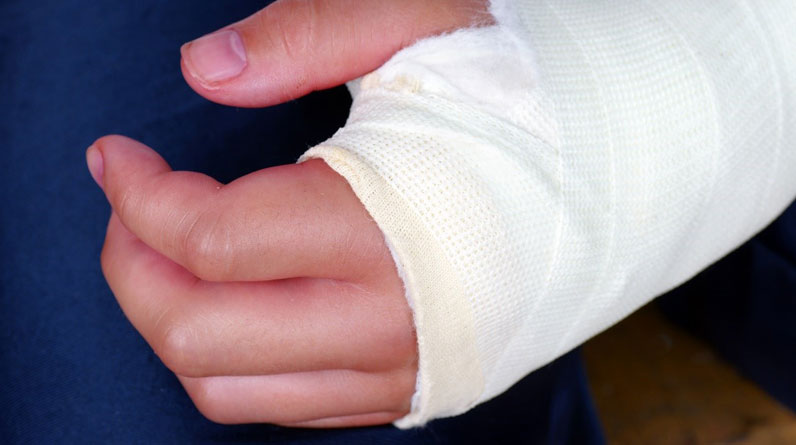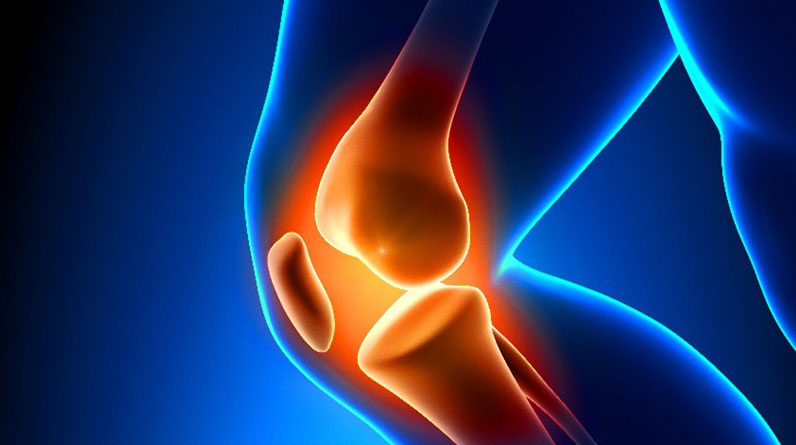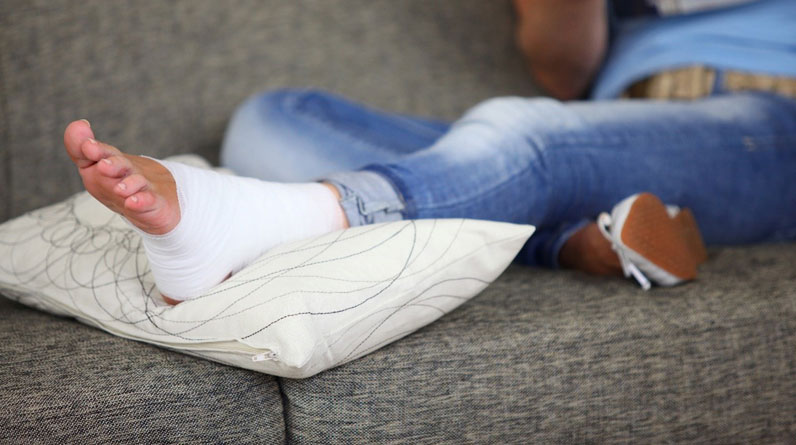
Treatments for Common Types of Hand Fractures
The human hand is made up of approximately 27 bones. Because the hand is such an integral part of the way we function in daily life, it’s also quite vulnerable to wear, tear, and injury. It’s no surprise, then, that millions of hand injuries occur annually.
While there are certainly severity levels to different fractures of the hand that we’ll discuss shortly, even a mild fracture is cause for a doctor’s visit. Unlike other mild injuries, a hand fracture of any type should not be treated via self-care and self-care only. At the very least, visit your doctor and find out the best treatment protocol. Your hand is too essential to everyday life to neglect.
Optimum treatment of the hand fracture is the difference between a properly healed hand or a hand with continued problems throughout life. It could also be the difference between a speedy recovery and getting back to normal activities or a prolonged rehabilitation journey.
Most hand injuries are easily detectable since the hand is one of the most sensitive parts of our body. We tend to pay close attention to our hands, making it easy to identify problems or injuries.
If you’ve experienced a hand injury of any severity level, be sure to visit your doctor or even the ER if necessary immediately after the incident.
What is a Hand Fracture?
At its most basic, a hand fracture is simply a “break” in one or more bones of the hand. A hand fracture can be caused by any number of circumstances, whether a fall, collision, or pathological degeneration of some kind (i.e., osteoporosis).
We’ll next discuss several types of hand fractures.
Types of Hand Fractures
When a strong enough force is exerted on a bone, the ultimate result is a fracture or break. It follows, then, that the greater the force, the more severe the fracture.
The following are some of the various types of hand fractures:
I. Boxer’s Fracture
II. Scaphoid Fracture
III. Triquetral Fracture
IV. Mallet Finger
V. Dislocated Finger Fracture
VI. Fingertip (Tuft) Fracture
Let’s now discuss each in more detail.
Boxer’s Fracture
This is the most common type of hand fracture. It is aptly named since this injury is was occasionally seen in people who box as a sport. Many people suffer this injury when they hit an object such as a wall with their fist in a fit of anger.
A boxer’s fracture involves the fifth metacarpal bone, which is the bone in the hand that connects to the fifth finger (the pinky). Most of these fractures can be treated with simple splinting, but sometimes they require reduction (setting back into place) using a local anesthesia.
Scaphoid Fracture
The scaphoid bone is a carpal bone that is located close to the thumb. It is one of the hand bones subject to multiple different forces coming from all different directions. This injury requires splinting as soon as possible and referral to a hand specialist to determine if surgery is necessary to ensure proper healing.
Triquetral Fracture
The triquetrum is the second most commonly fractured carpal bone, often occurring from a fall on the hand. These injuries rarely require surgery and can most often be treated with splinting.
Mallet Finger
This type of injury occurs when the extensor tendon of the finger tears from direct trauma to the last part of the finger, such as by a baseball. The tendon tears where it connects to the end bone of the finger, and as a result, the fingertip will be bent and unable to straighten, resembling a “mallet”.
These injuries may be difficult to treat because the person experiencing them may not even realize the finger is injured until a much later time. The treatment can be conservative or surgical, depending on the timeliness of the diagnosis.
Dislocated Finger Fracture
This is actually a dislocation at the middle joint of the finger, but the finger bone can also fracture in addition to the joint dislocation. The dislocation often occurs as a forced hyperextension of the finger. The injury can be repaired with moderate traction on the digit. Referral to a hand surgeon is often the best practice.
Fingertip (Tuft) Fracture
A fracture at the tip of the finger (the tuft) is one of the most common finger fractures, often resulting from some type of crush injury. These injuries often involve the nail, which will require further treatment by an experienced ER physician or hand specialist.
The fracture of the tip can usually be treated conservatively with a protective splint with excellent outcomes.
Treatment
The severity of different fractures will dictate the particular treatment. With that said, all treatments, no matter the level of severity, have the same goal in mind, and that’s to help you heal as fast and as successfully as possible.
The best-case scenario is that your hand heals stronger and more functional than ever. If treatment isn’t taken seriously by the patient, the opposite can become true.
Treatments can involve:
• Surgery
• Pain Medication
• Immobilizing Mechanisms (Cast, Brace, Splint)
• Rest
• Physical Therapy
Final Thoughts
Fractures require immediate treatment, and it’s imperative to see a doctor immediately after injury to ensure an optimal and speedy recovery with no further damage.
In the case of a broken hand, a visit to the local ER is the best choice. Make sure to take the best possible care of your hands since they are crucial in everyday activities.



